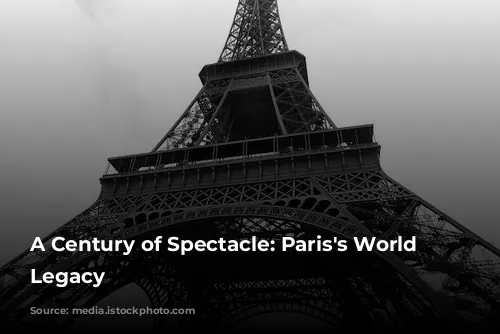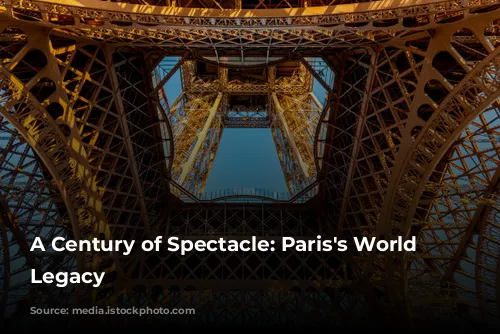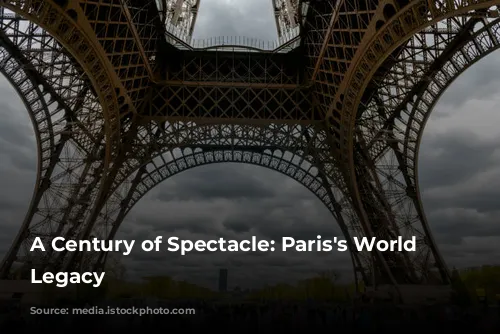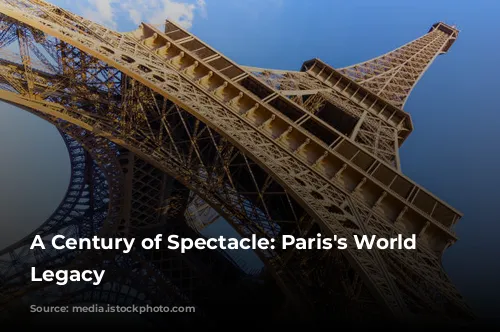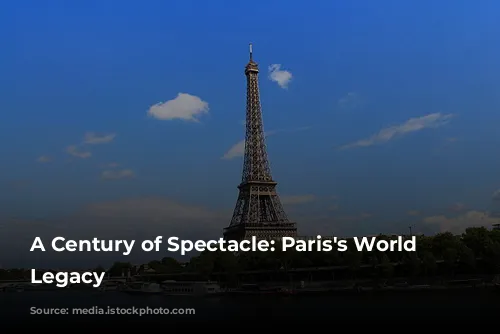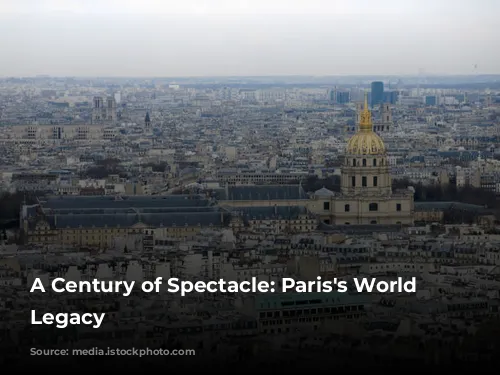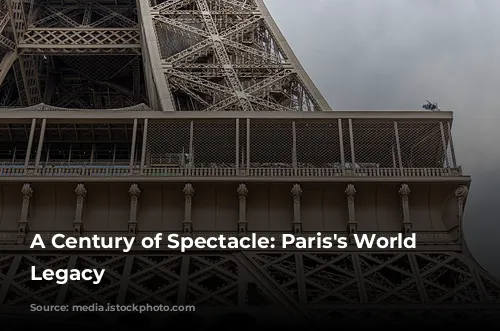The 1889 World’s Fair in Paris wasn’t the first grand exhibition held in the city, but it was certainly one of the most influential. While many of the structures built for the event were ultimately demolished, the fair marked a pivotal shift in how these international gatherings were envisioned and executed.
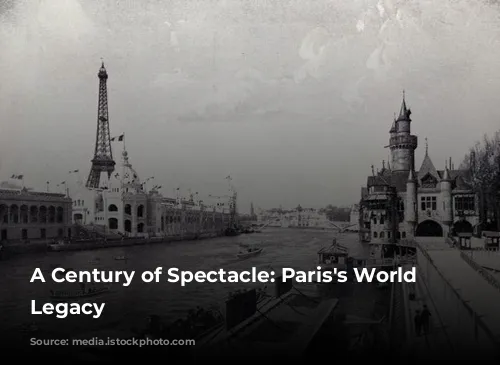
From Iron to Glass: A Tradition of Innovation
The year 1851 witnessed the launch of a global trend in London, when a massive prefabricated building constructed from iron, wood, and glass served as the backdrop for a grand exhibition. This pioneering event ignited a sense of national pride in France, leading them to respond with their own extravagant display just a few years later. In 1855, a palatial structure with a stone façade and ornate vaults made of cast iron and glass was erected on the famed Champs-Élysées. This ambitious project, a testament to the Second Empire’s grandeur, was followed in 1867 by an enormous oval building that dominated the Champ de Mars, surrounded by charming satellite pavilions.
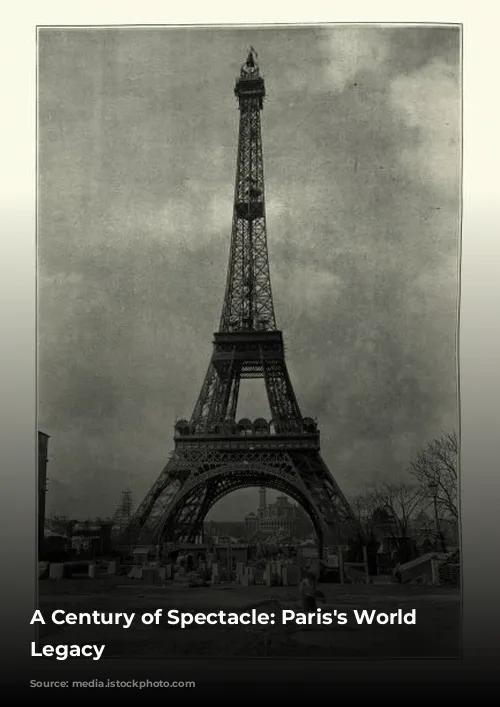
A City Transformed: Building for the Future
The 1878 exhibition saw the construction of the Trocadero Palace, a majestic structure with sprawling wings flanking a concert hall capable of accommodating 4,600 guests. Meanwhile, the Champ de Mars underwent a transformation with the addition of numerous glass galleries, meticulously designed to offer a unique architectural experience. These galleries, while devoid of monumental grandeur, provided a captivating glimpse into the future of design.
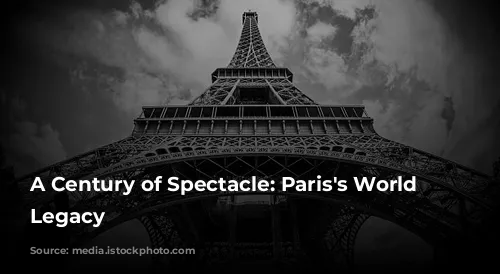
Celebrating Progress: A Nation’s Pride on Display
The 1889 World’s Fair, however, transcended mere spectacle; it embodied a celebration of the French Revolution’s centennial and the nation’s industrial prowess. Held under the auspices of the newly formed Republic and its burgeoning colonial empire, the event aimed to showcase France’s growing international influence and challenge England’s dominance. Spread across an impressive 125 acres, the fair borrowed elements from previous exhibitions, featuring galleries on the Champ de Mars adorned with monumental domes, alongside strategically placed pavilions within the gardens. While only 30 of these were dedicated to national displays, the American presence was strong, as European monarchies opted out of the event.
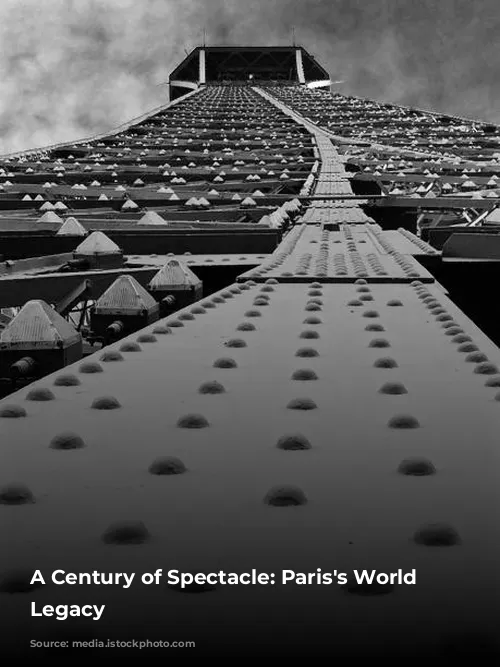
A Monument to Innovation: Towers and Galleries
The fair prominently featured two engineering marvels: the Galerie des Machines, a colossal structure spanning 420 by 110 meters, and the Eiffel Tower, the tallest structure in the world at that time. Both were designed to stand as lasting symbols of progress, but fate had other plans for the Galerie. Unable to find a sustainable use for the massive structure, it was dismantled in 1909. The Eiffel Tower, however, persevered thanks to the unwavering dedication of its creator, Gustave Eiffel.
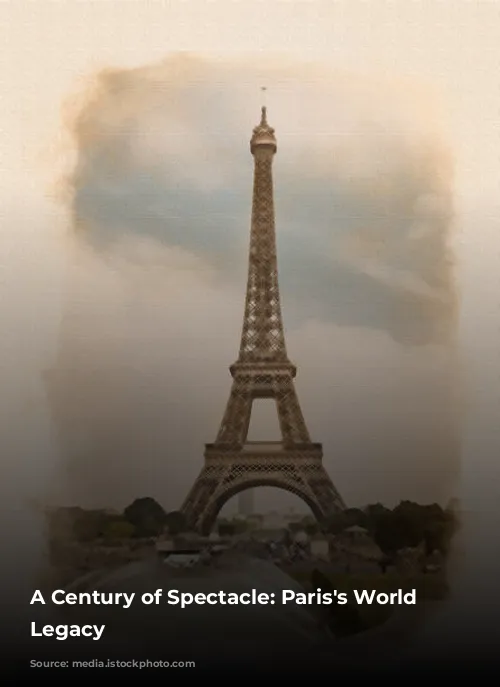
A World of Wonders: A Celebration of Technological Advancements
The exhibition, spanning six months, attracted over 32 million visitors, showcasing a remarkable display of technological advancements. While a mere two million braved the ascent to the Eiffel Tower, with a record 400,000 visitors in a single day, the fair itself was a resounding success. For a mere franc, visitors could explore the wonders of electricity, the telephone, and countless other innovations, presented within an awe-inspiring panorama that seamlessly blended the ruggedness of metal frameworks with the elegance of ceramics, terracotta, and stained glass.
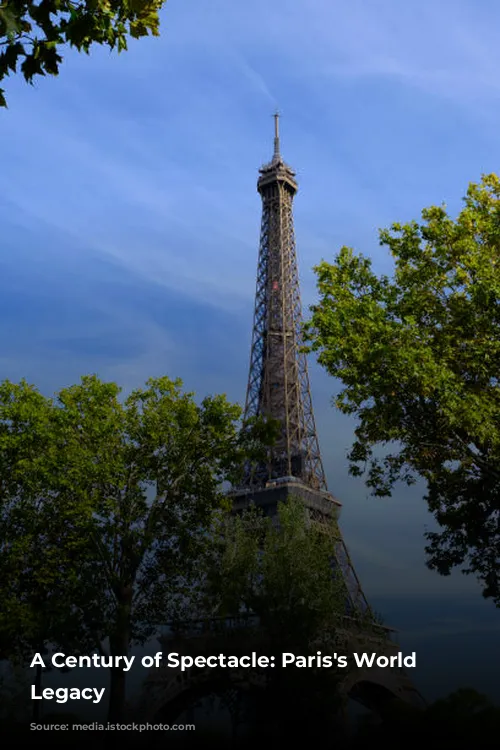
A Lasting Legacy: The Eiffel Tower and Beyond
Although most of the structures built for the 1889 World’s Fair have long since vanished, the event’s impact on the world of exhibitions is undeniable. The fair’s blend of technological marvels, artistic expressions, and a celebration of national pride left a lasting impression on the global landscape. The iconic Eiffel Tower, however, serves as a poignant reminder of the enduring legacy of a grand celebration of human ingenuity and progress.

